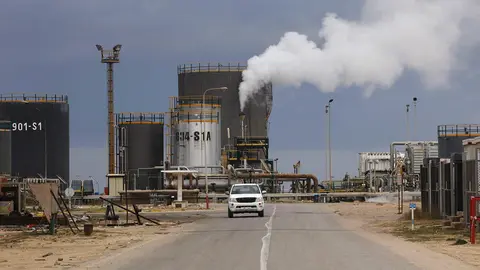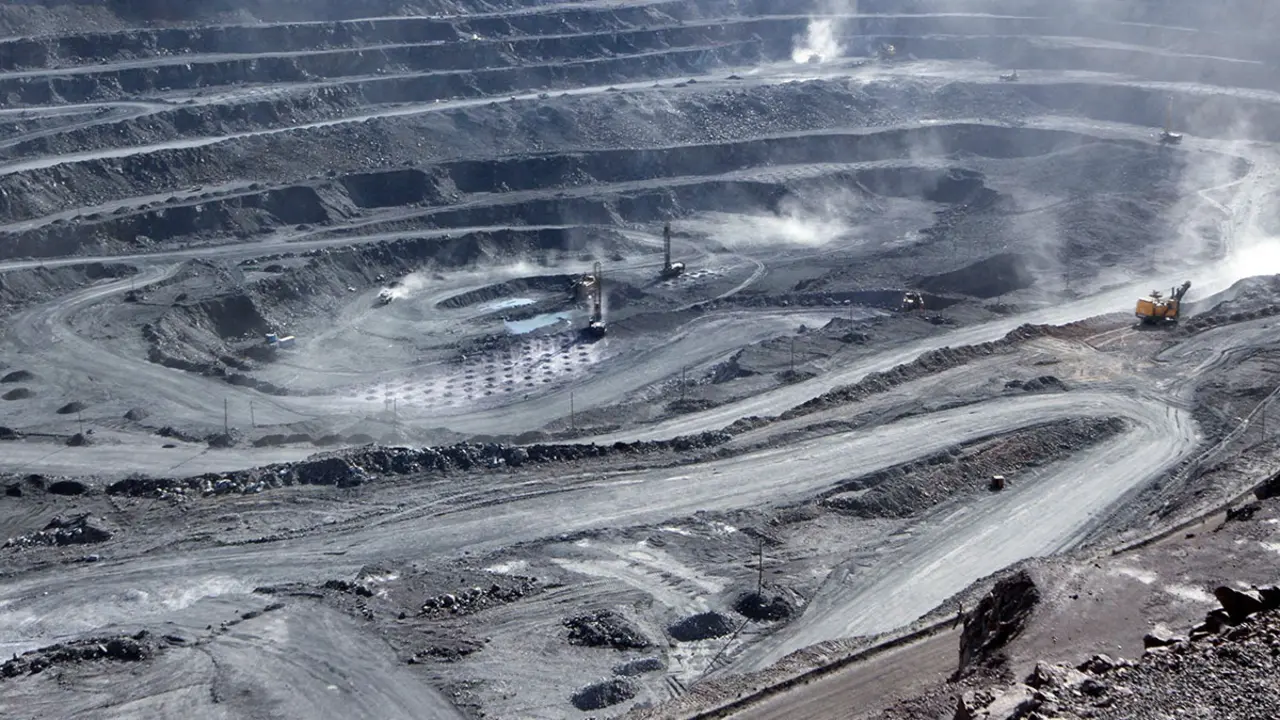Record boost in the reserve assets of the Gulf countries
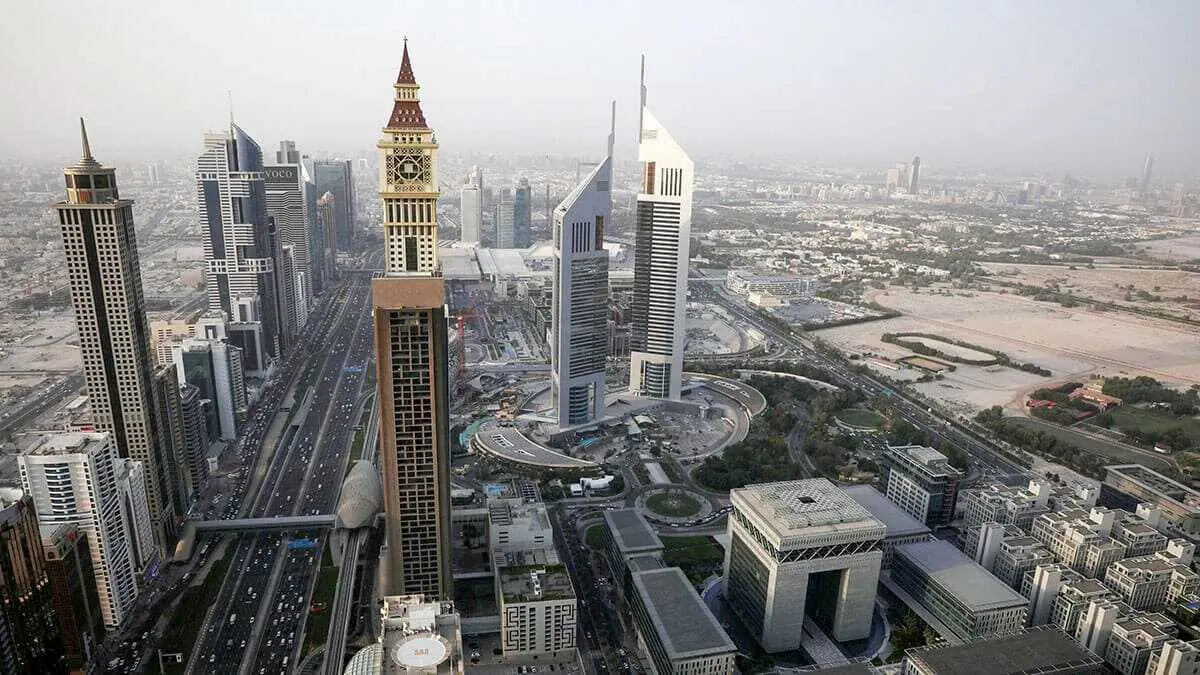
- Expansion of the banking sector and strengthening of liquidity
- Historical growth in bank deposits
- Expansion of the money supply and its economic impact
The increase in oil revenues has significantly boosted the financial resources of the Gulf countries, reflected in a notable growth in their foreign reserve assets. Recent data revealed that, during the first half of 2024, these assets grew by 7.5% compared to the end of 2023, reaching a value of 804.1 billion dollars. According to the Statistical Centre of the Cooperation Council for the Arab States of the Gulf, these assets represent 4.9% of the world total, placing the region in fifth position globally, below China, the European Union, Japan and Switzerland.
The main driver of this growth has been the rise in oil revenues, which make up the bulk of the region's financial resources. During the first half of 2024, the average price of a barrel of Brent crude oil reached approximately 84 dollars, which, together with the appreciation of financial assets in global markets, has strengthened the economic position of these countries.
Expansion of the banking sector and strengthening of liquidity
The report also highlights that the total assets of commercial banks operating in the region amounted to 4.3 trillion dollars at the end of the first half of 2024, reflecting an increase of 8.4% compared to 2023. Foreign reserve assets include monetary gold, special drawing rights, reserves in the International Monetary Fund, foreign exchange, as well as deposits and investments in securities abroad.
Foreign exchange reserves are a crucial measure for evaluating a country's economic stability, as they enable it to cover imports, strengthen confidence in monetary policy and absorb economic shocks. In the case of the Gulf countries, their foreign reserves are sufficiently robust to cover total imports for approximately 15 months, well in excess of the world average of between three and six months established by the International Monetary Fund.
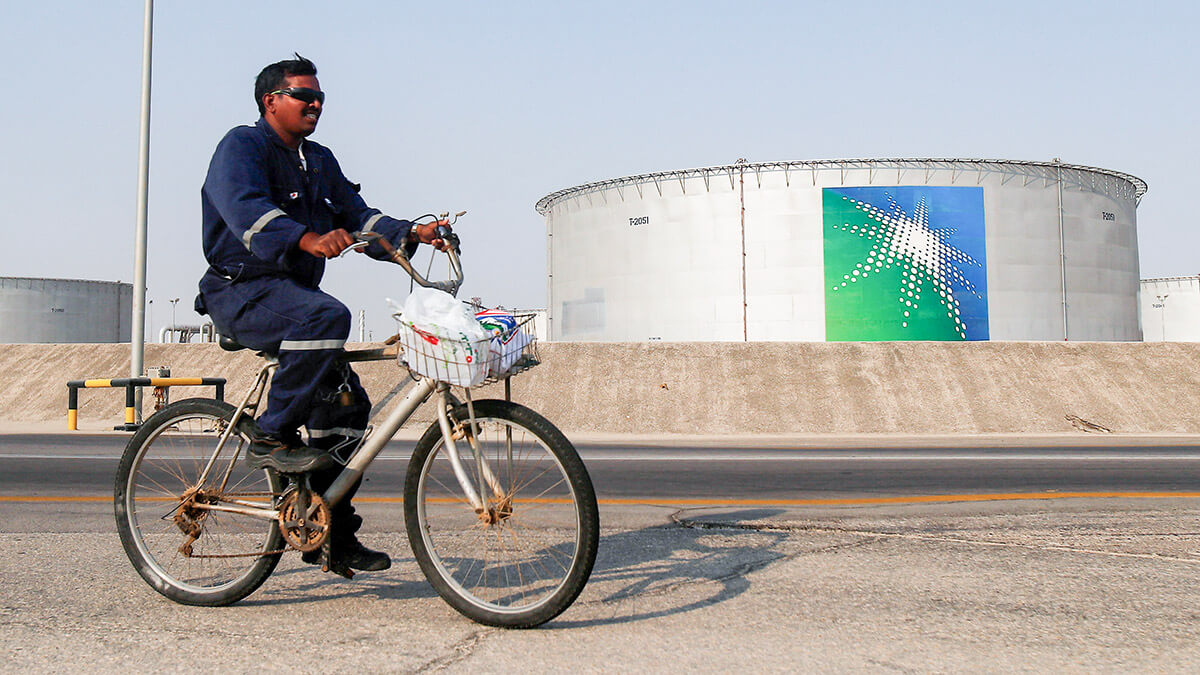
Historical growth in bank deposits
Bank deposits in Gulf banks have also reached historic figures, reaching approximately two trillion dollars at the end of the first half of 2024. This record level represents a growth of 6.2% compared to the end of 2023 and 9.9% compared to the same period of the previous year.
Likewise, total loans granted by Gulf banks at the end of the first half of 2024 amounted to 1.966 trillion dollars, an increase of 8.3% compared to mid-2023 and 5.1% compared to the end of 2023. Loans to the private sector in the region grew by an impressive 81%.
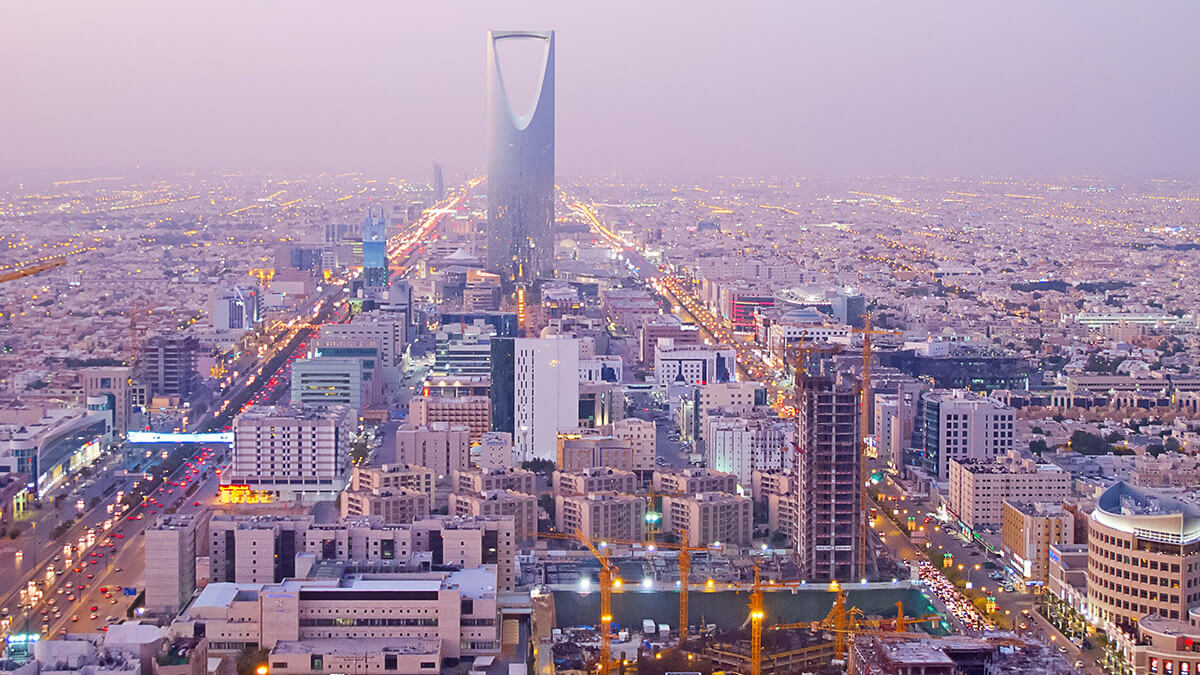
Expansion of the money supply and its economic impact
The size of the broad money supply in the region, which includes the narrow money supply plus quasi-cash deposits (time and savings deposits in local and foreign currency), reached approximately 1.7 trillion dollars, an increase of 5.8%. This growth strengthens domestic liquidity and has a positive impact on economic performance, as it contributes to an increase in real gross domestic product.
All components of the money supply have shown growth: cash in circulation outside banks increased by 7.4%, while demand deposits grew by 7.2% compared to the end of 2023. Quasi-cash deposits (time savings) also registered an increase of 4.6%, representing 54.1% of the money supply, while demand deposits contributed 39.4% and cash in circulation the remaining percentage.
The growth of foreign reserve assets and the expansion of the banking sector in the Gulf countries reflect the financial strength of the region, driven by the increase in oil revenues and the appreciation of global financial assets. This economic strengthening, combined with a robust money supply and bank liquidity, reinforces the stability of their economies and their capacity to respond to possible global economic fluctuations.

